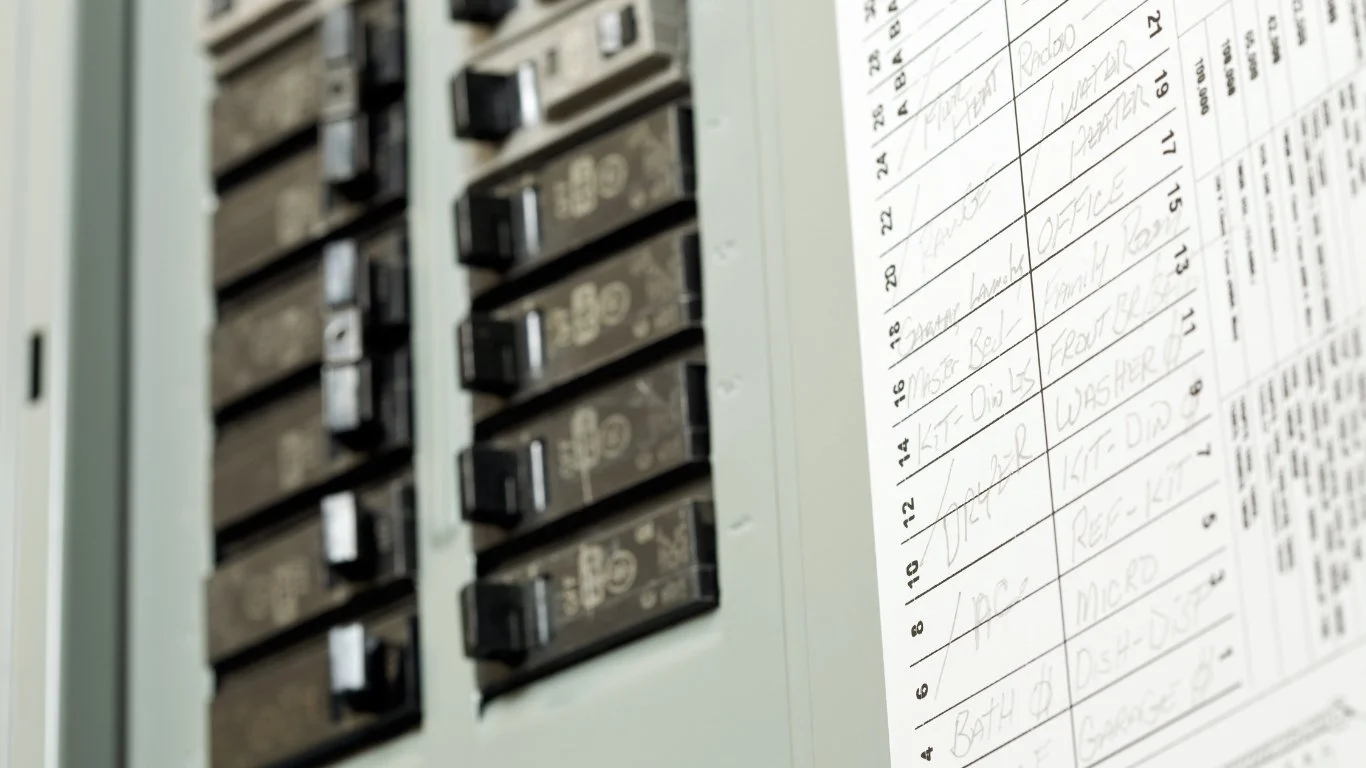Swapping Panels Without Missing a Beat
Electrical panel replacements give the entire home a performance boost—without rewriting the daily routine or flipping off the comfort switch.
When everything’s running smoothly, the electrical panel stays out of sight and out of mind. But when lights flicker, breakers trip without warning, or appliances start protesting, the panel usually has something to say. Electrical panel replacements give the entire home a performance boost—without rewriting the daily routine or flipping off the comfort switch.
Professionals make the transition feel seamless, even when working with an older system that has been patched more times than anyone can count. The panel gets replaced, the power comes back cleaner, and no one has to learn to live with a haunted hallway light.
When Replacement Becomes the Right Move
Not every panel can keep pace forever. Some age out. Others get damaged. And a few were never reliable to begin with. Panels installed in the mid-1900s weren’t designed for smart fridges, EV chargers, or four simultaneous video calls happening on a Tuesday morning.
Electricians evaluate the panel’s condition, capacity, and configuration. If it can’t support the home’s needs—or if it poses safety risks—it’s time to pull the plug. Electrical panel replacements don’t just update equipment. They rewire peace of mind into the walls.
Obsolete Brands Don’t Deserve Loyalty
Certain panel brands earned a reputation over the years—and not in a good way. Federal Pacific and Zinsco panels top the list of systems that frequently fail to trip during overloads, creating major fire hazards while looking perfectly innocent from the outside.
Professionals replace these outdated panels with modern, UL-listed equipment designed for performance and protection. The new panel doesn’t rely on luck. It works exactly as intended, every time, no matter what the old one failed to do.
Swapping Panels Doesn’t Mean Losing Control
Most people don’t want a house full of flickering lights or confused appliances during a panel replacement. Timing, precision, and planning turn what could be a disruptive process into a smooth, low-stress project. Power goes off—and then comes back stronger.
Electricians coordinate with utility companies, pull permits, and handle inspections without asking homeowners to act as go-betweens. They work efficiently, reconnect circuits cleanly, and label everything so future maintenance doesn’t feel like a scavenger hunt.
Amps Matter More Than Ever
Many homes still rely on 100-amp panels, which worked just fine when the biggest draw in the house was the hair dryer. But today’s homes need more muscle. Between electric ovens, HVAC systems, and chargers that refuel a car overnight, 100 amps feels like jogging in flip-flops.
Panel replacements often involve upgrading service to 150 or 200 amps. That extra capacity gives the system breathing room. Lights stop dimming when the dishwasher is in use, and devices charge without affecting other rooms. It’s the electrical equivalent of going from dial-up to high-speed.
Breakers That Trip for the Right Reasons
Breakers are supposed to trip during a fault or overload—not because it’s Tuesday or because someone dared to vacuum while making toast. Aging breakers become unreliable over time, either tripping too easily or failing to trip at all.
New panels come with modern breakers that respond exactly as they should. AFCIs detect arc faults. GFCIs protect against shocks. Surge protectors at the panel level defend the whole home from voltage spikes. Safety features go from outdated to upgraded—no more guessing games.
Organized Wiring Makes a Big Difference
Some old panels look like a bird’s nest behind the cover. Wires twist into each other, breakers double up, and labels make about as much sense as a grocery list written during a fire drill. That mess doesn’t just look bad—it makes troubleshooting and repairs way harder.
Electricians handle replacements by mapping every circuit, grouping them logically, and labeling each one clearly. Wire paths become clean, accessible, and up to code. And if someone ever needs to turn off power to the bathroom fan, they’ll know exactly which breaker to flip—on the first try.
New Panels Support Smarter Homes
Smart thermostats, lighting systems, cameras, and doorbells—they all depend on steady power. Old panels often provide inconsistent voltage or fail to support the low-voltage components that these devices rely on. When smart tech acts flaky, the panel is often the quiet culprit.
Electrical panel replacements create a stronger foundation for all smart home systems. Electricians install new grounding systems, improve distribution, and eliminate sources of electrical interference. That makes Wi-Fi connections stronger, updates smoother, and smart devices a whole lot smarter.
Kitchens and Bathrooms Breathe Easier
High-demand appliances typically reside in high-traffic areas, such as kitchens and bathrooms. Microwaves, air fryers, curling irons, and towel warmers all compete for power. On an old panel, that competition leads to trips, slow starts, and awkward power dances.
Panel replacements often include reconfiguring those circuits for dedicated service. The coffee maker no longer shares power with the refrigerator. The hair dryer doesn’t silence the bathroom light during a style. Everything powers on, runs quietly, and doesn’t fight for attention.
Garages Get the Respect They Deserve
Garages used to be afterthoughts—maybe a single outlet and one lonely ceiling light. Now they’re workshops, gyms, storage zones, or full-blown EV charging stations. That old panel probably didn’t plan for any of that.
During panel replacement, electricians often add garage circuits for tools, outlets, lighting, and chargers. They use weather-rated enclosures, GFCI protection, and exterior conduit to make every outlet safe and ready for action, no matter what the garage becomes next.
No More Guessing What’s Behind Each Breaker
Mismatched breakers and vague labeling are a common headache in old panels. “Living Room?” Which one? “Washer/Dryer?” The combo unit? The basement laundry? A properly replaced panel eliminates all that guesswork.
Electricians map and label every single breaker with permanent markers or printed labels. The result? Immediate clarity when the power needs to be adjusted, turned off for maintenance, or reset during a sudden outage. Every switch finally means what it says.
Permits, Codes, and Passing Inspections
Upgrading a panel isn’t a casual affair—it requires permits, inspections, and code compliance. Professionals manage all of it. They handle the paperwork, schedule the site visit, and meet modern safety requirements with confidence and clean installations.
The inspection isn’t a hurdle—it’s a confirmation. Every wire, breaker, and connection meets current standards. Inspectors don’t just pass the work—they admire it. Homeowners receive documentation that the panel is safe, up-to-date, and future-ready.
Utility Coordination Without Headaches
Swapping panels often involves cutting and restoring power at the main service line. That coordination between electricians and utility providers can be tricky—unless someone knows how to work the system.
Professionals schedule service disconnections, arrange inspections, and reconnect power with minimal downtime. Homeowners don’t have to juggle calls or worry about being left in the dark. The lights come back on, the new panel runs smoothly, and the coffee machine resumes operation exactly where it left off.
Surge Protection That Covers Everything
Power surges don’t always arrive with a lightning strike. Utility changes, downed lines, or large appliance cycling can create internal surges that fry electronics without warning.
Modern electrical panel replacements often include whole-home surge protection, installed directly at the panel. That invisible layer of defense shields computers, appliances, and entertainment systems from voltage spikes. It’s quiet protection with a powerful payoff.
Prepared for What Comes Next
Panel replacements aren’t just about today—they’re about tomorrow. Whether someone’s dreaming of a hot tub, installing solar panels, or turning the attic into an office, the new panel should support growth without skipping a beat.
Electricians build in extra capacity, reserve breaker slots, and leave clean paths for future expansion. The home doesn’t just power the present—it’s ready for the next adventure, renovation, or upgrade, all without touching the panel again for years.
A Fresh Start With Every Flip of the Switch
The panel may sit in a corner, but it touches every room in the house. Replacing it quietly transforms the home from the inside out. Appliances stop arguing. Lights behave—breakers trip for all the right reasons. And smart devices act, well, smart.
Professionals handle electrical panel replacements with precision, speed, and a knack for making the entire process look effortless. No missed beats. No power drama. Just steady current, smart circuits, and a home that finally runs the way it should—without needing constant resets.

